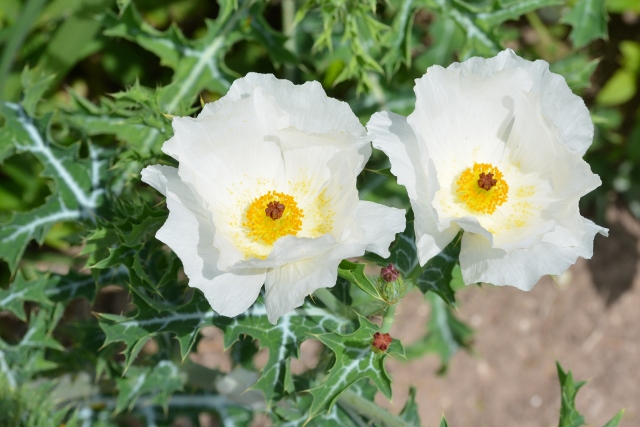
To mow or not to mow; discovering native plants in urban lawns
Story by Robert Gaitan, Texas Master Naturalist
Ever wonder where this American idea that we ‘ought’ to have a large well-kept lawn came from? In the early 1840’s, Andrew Jackson Downing, landscape designer, wrote, “No expenditure in ornamental gardening is, to our mind, productive of so much beauty as that incurred in producing a well-kept lawn.” Later in the early 1930’s, Abraham Levitt, father of Levittown, N.Y., and early proponent of cookie-cutter suburbia, stated, “A fine carpet of green grass stamps the inhabitants as good neighbors, as desirable citizens.”
So now, even in our remote but unique place on earth, the Rio Grande Valley has lost over 95 percent of its natural beauty, partially in pursuit of a well-manicured and lifeless lawn. Sadly, like many others, we contributed to keeping this ideal alive by eliminating anything thorny and twisted from our yard and cutting and trimming our lawn to this misconceived, post-WW II definition of ‘beauty.’
We purchased our home because we loved the large expanse of yard, both front and back. We would mow and edge weekly and afterward gaze out at the freshly shorn grass and marvel at its beauty.
It wasn’t until we joined the Rio Grande Valley Chapter, Texas Master Naturalist that we learned to appreciate the uniqueness of the Lower Rio Grande Valley, focusing on the value of the native habitat and the very small percentage of it still in existence. We made the decision that we were going to “go native.” With no idea how or where to start, we took a suggestion to do…nothing! We stopped mowing our backyard during the first three months of 2015 and anxiously waited for any surprises lurking below the soil. During that time we walked around the yard every evening with “flags” marking the plants that were emerging. Among the plethora of plants we discovered were native milkweeds, frog fruit, scarlet sage, wild petunia, to name a few.
More amazing were the butterflies, lizards, frogs, spiders, snakes, green jays, chachalacas, and quail that now stopped by to say hello. Our definition of beauty has a new meaning: to be good inhabitants of our LRGV and good stewards of nature’s beauty.
The Rio Grande Valley Chapter Texas Master Naturalist develops knowledgeable volunteers dedicated to the study and conservation of natural resources and natural areas in the Lower Rio Grande Valley and helps the natural world through service, outreach and education.
